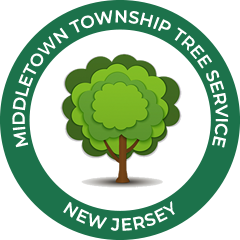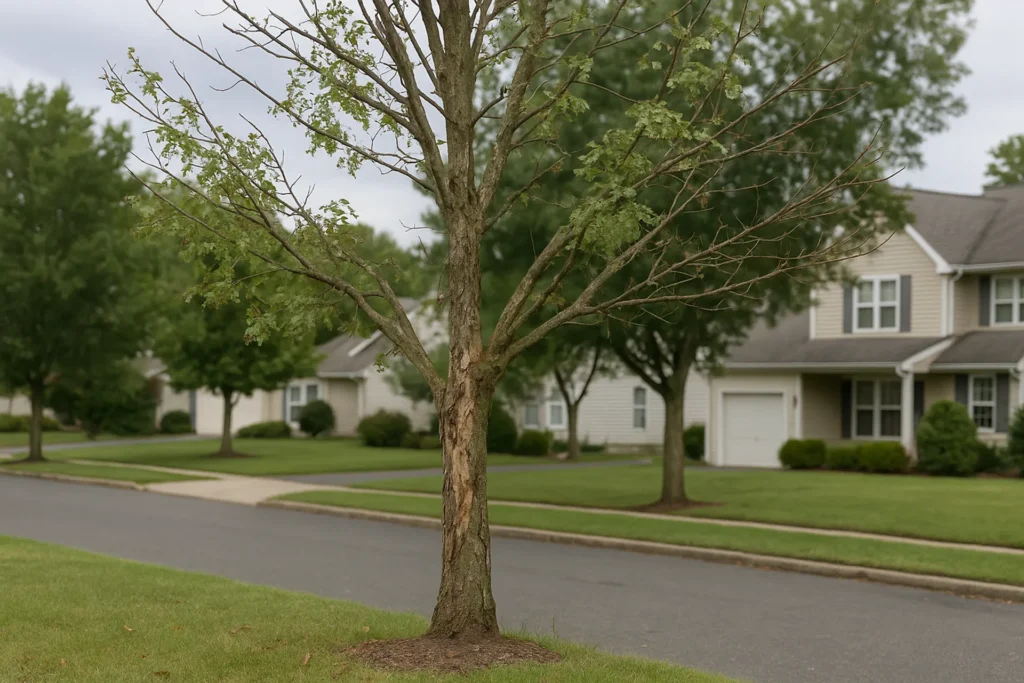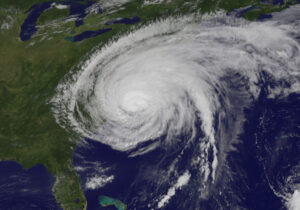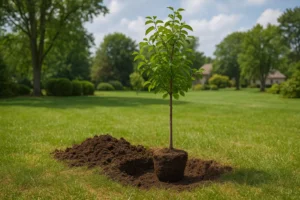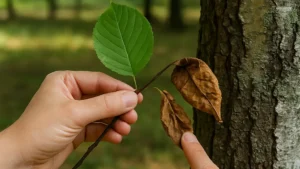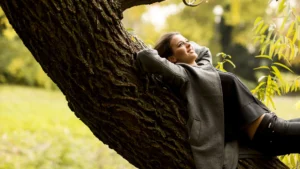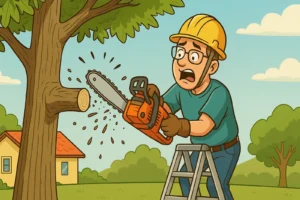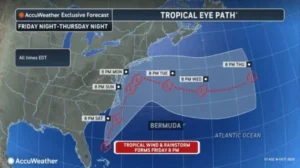A Local Perspective on Trees and Preservation
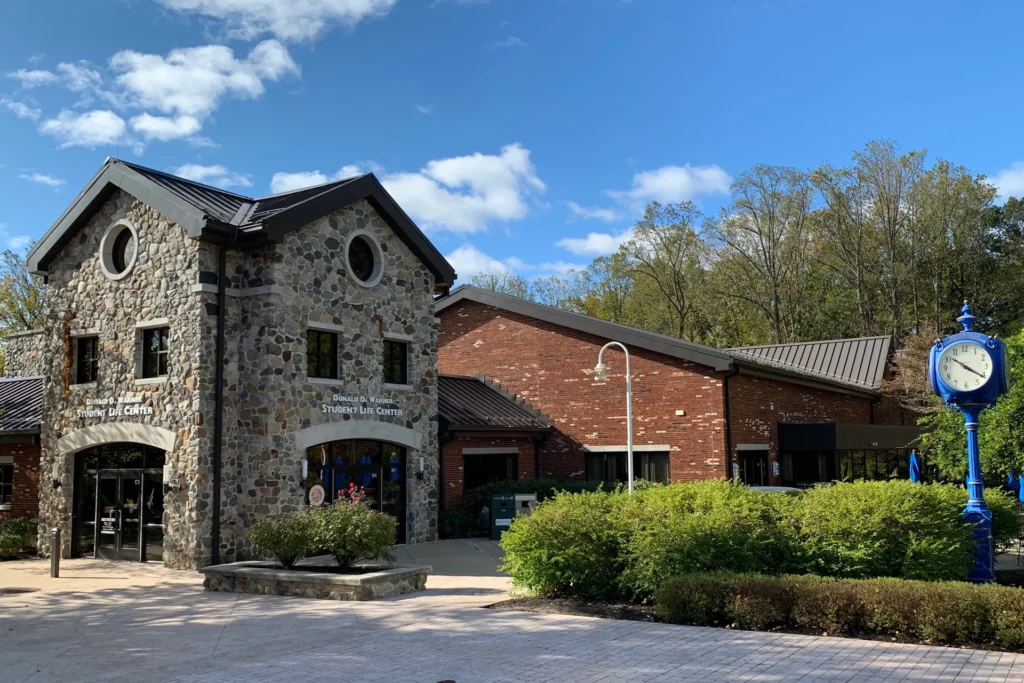
Middletown is a community where history and modern life intertwine. Marlpit Hall, built in 1686, still stands as one of the town’s earliest homes, while the historic village at Sandy Hook and its iconic lighthouse—the oldest working lighthouse in the United States—remind us of the area’s long maritime past. Just a few miles inland, Brookdale Community College serves as a hub for education and culture, connecting today’s residents with opportunities that keep the town vibrant and forward-looking.
Trees are as much a part of this legacy as the buildings and landmarks. Towering oaks, maples, and sycamores line neighborhoods in Lincroft, Chapel Hill, and River Plaza, many of them standing for over a century. They shade sidewalks, cool homes, and form the living backdrop of community life. These trees have weathered countless storms and changes, tying Middletown’s history to its present day.
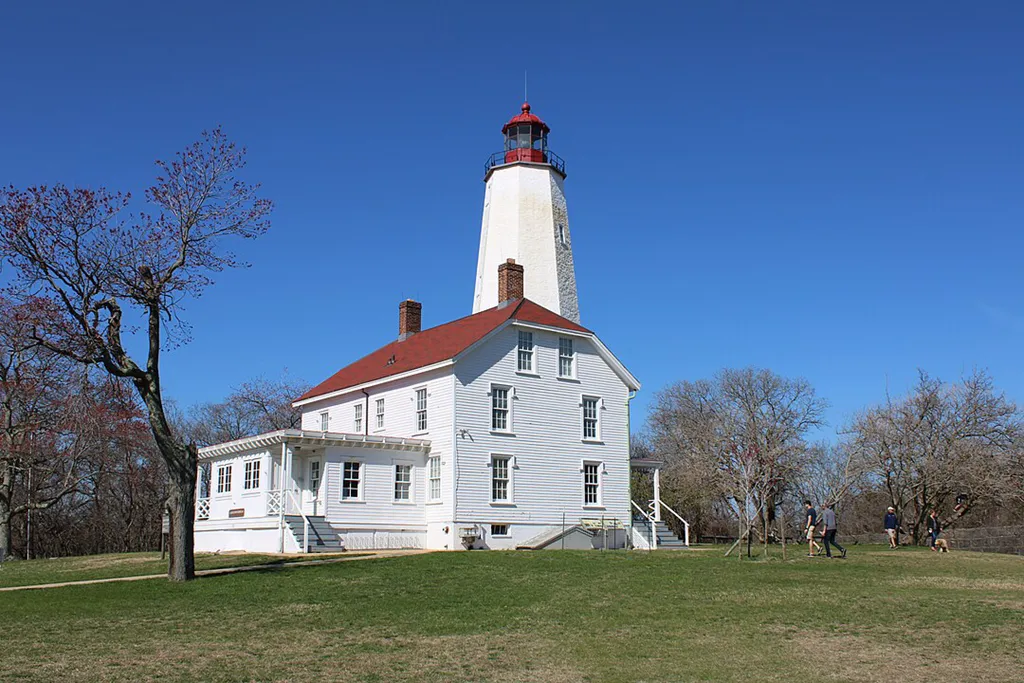
Yet the same features that make the town beautiful also challenge its trees. Winds rushing off Sandy Hook Bay can stress canopies. Clay-rich soils limit deep rooting. Urban development compresses soil and disrupts natural growth. Even the strongest, most resilient trees can show signs of decline as time goes on.
When homeowners notice thinning canopies, bark peeling away, or fungal growth at the base, the question arises: can this tree be saved, or must it come down? The choice is not just about aesthetics—it is about history, safety, and conservation.
That is why professional arborists matter so much in a place like Middletown. With knowledge of the soils, climate, and local species, they help residents decide when restoration is possible and when removal is necessary. The goal is never to cut for convenience, but to balance safety, property value, and the preservation of Middletown’s unique character.
The Value of Tree Restoration and Rejuvenation
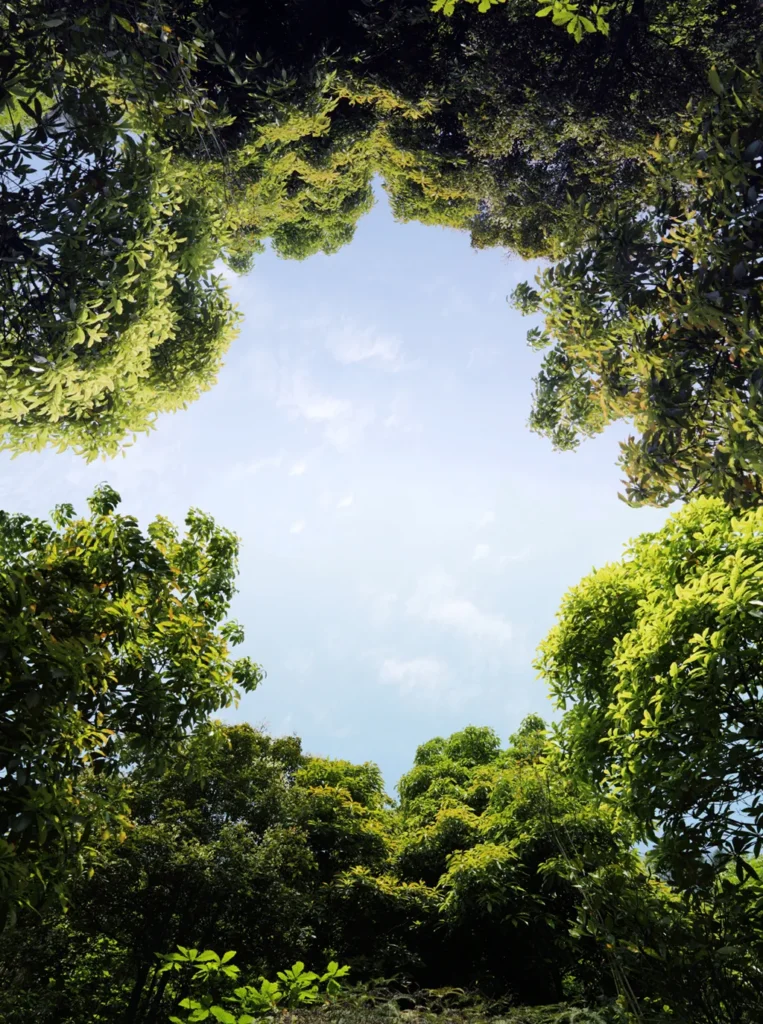
Tree restoration, also known as rejuvenation, is a specialized process aimed at bringing declining trees back to health. Instead of removing a tree outright, arborists look for ways to strengthen and extend its life. This often starts with selective pruning to remove deadwood, reduce stress on heavy limbs, and allow more light and air into the canopy.
In Middletown, this approach is especially valuable for older trees in areas like Oak Hill and Red Hill, where properties are lined with mature growth. Many of these trees were planted when the neighborhoods were first developed. They are not just part of the yard. They are part of the identity of the community. Preserving them keeps that character intact.
Restoration also involves improving the tree’s growing environment. Compact soils can be aerated, nutrients can be restored through fertilization, and root health can be improved with mulch and proper watering. Pest and disease control may also be applied if issues like scale, borers, or fungal infections are weakening the tree.
The benefits are both practical and aesthetic. Healthy mature trees add measurable value to homes, lower summer cooling costs, and create a vibrant backdrop for daily life. They also play a conservation role by reducing stormwater runoff, providing habitat for wildlife, and storing carbon.
For homeowners, the decision to restore instead of remove is often the more rewarding path. It respects the age and importance of the tree while ensuring it continues to serve the property for years to come. With the guidance of a certified arborist, restoration becomes not just an option, but a smart investment.
Middletown's #1 Tree Expert Company
FREE Inspection & Estimate | Certified Arborists | Trimming, Pruning, Removal, More!
Sponsored
When Removal is the Responsible Choice
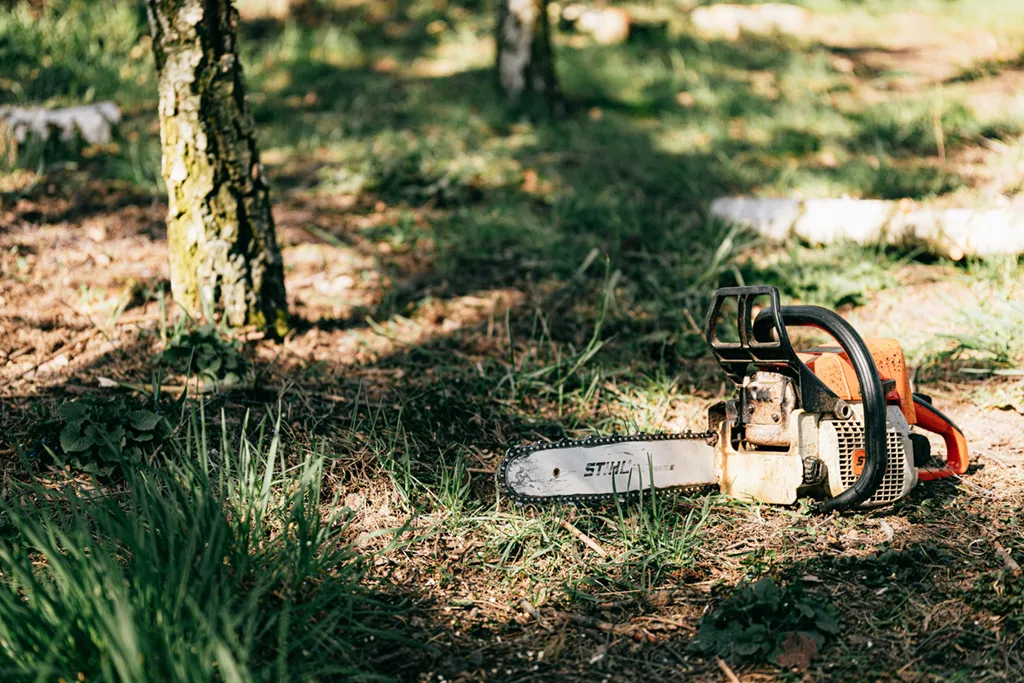
Still, not every tree can be saved. There are cases where removal is the safest and most responsible course of action. Trees that are leaning dangerously, hollowed out by decay, or structurally compromised after a Nor’easter pose risks that cannot be ignored.
In Middletown, storm damage is a frequent trigger for removals. Heavy winds along the Navesink River, ice storms in winter, or salt exposure from coastal air can accelerate decline. A large branch falling onto a home, car, or power line is more than an inconvenience. It is a hazard that could cause serious harm.
Certified arborists use detailed evaluations to determine risk. They check for cracks, cavities, root stability, and signs of fungal rot. If the assessment shows that the tree is unsafe, removal may be unavoidable. In neighborhoods like Leonardo or Belford, where properties are closely spaced, a falling tree can affect not just one home but several.
It is important to view removal not as a loss, but as a form of stewardship. By removing a hazardous tree before it falls, homeowners protect their families, neighbors, and community. Professional removal ensures that the process is handled with precision. Arborists use specialized equipment and techniques to bring trees down safely, minimizing damage to lawns, gardens, and surrounding structures.
For property owners, the key is recognizing that removal, when necessary, is an act of responsibility. It prevents accidents, safeguards investments, and clears the way for new growth to take root.
Planting New Life After Removal
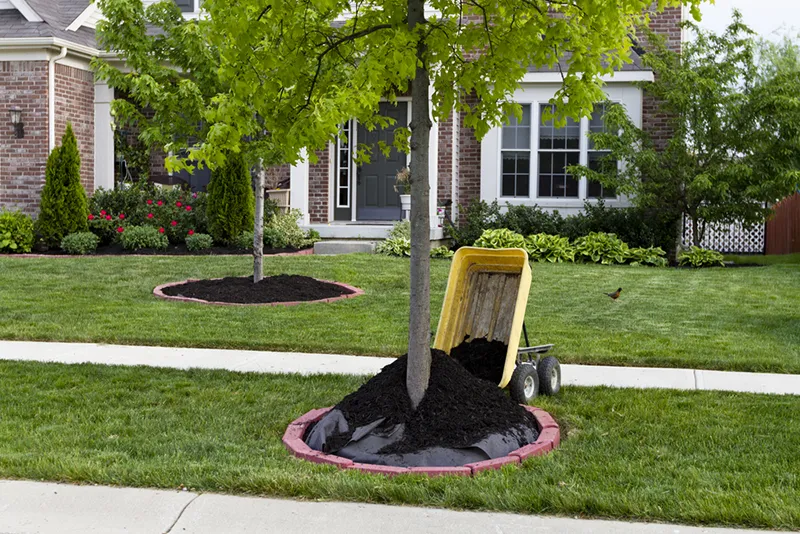
When a tree is removed, the story does not have to end with bare ground. Replanting is the essential next step that turns loss into renewal. By choosing species that are well-suited to Middletown’s environment, homeowners can keep their properties green and ensure the community canopy continues to thrive.
Native species such as red maple, eastern red cedar, and flowering dogwood adapt well to the local soil and climate. Planting a mix of species is especially important in Middletown, where pests or diseases targeting one type of tree could otherwise spread quickly. A diverse landscape is a resilient one.
Arborists often recommend planting in the same season as removal, so the replacement tree has time to establish roots before extreme weather sets in. With proper watering, mulching, and early care, young trees grow faster than many people expect. Within a few years, they begin to provide shade, beauty, and ecological benefits.
This practice also ties into conservation. Trees filter air, stabilize soil, and provide habitat for birds and pollinators. By replanting, homeowners give back to the environment and contribute to a healthier local ecosystem. For a town like Middletown, which prides itself on green neighborhoods and family-oriented spaces, this commitment makes a difference that future generations will enjoy.
In the end, the cycle of restoration, removal, and replanting ensures that Middletown’s treescape remains strong. Each decision made by homeowners contributes to the balance between preservation and safety, creating a community that values both its history and its future.
If A Tree Looks Weak, Unhealthy, or Litters Your Property with Limbs and Branches
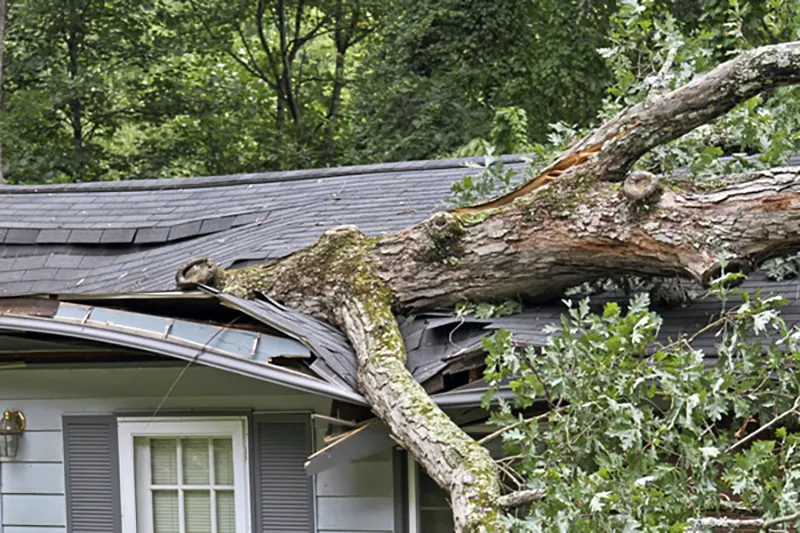
A tree does not have to be completely dead to become dangerous. If you see branches constantly dropping in your yard, bark peeling away, or leaves thinning before the season changes, it is a warning sign that the tree may be in decline. Even a tree that looks fine from the street can be hollow inside or unstable at the root level.
In Middletown, storms rolling in from the bay can take advantage of those weaknesses quickly. What looks like a minor issue on a calm day can turn into a major hazard when the winds pick up. A falling tree can crush cars, damage roofs, or knock out power in an instant.
This is why it is never safe to ignore the signs. Homeowners cannot always tell by sight alone whether a tree is safe. A professional arborist uses tools, training, and years of experience to evaluate structural stability. They know when a tree can be restored and when it poses too much risk to remain standing.
If you suspect a tree on your property is weak, unhealthy, or shedding limbs, call a professional right away. Do not wait for the next storm to make the decision for you. Acting early protects your home, your family, and your community.
